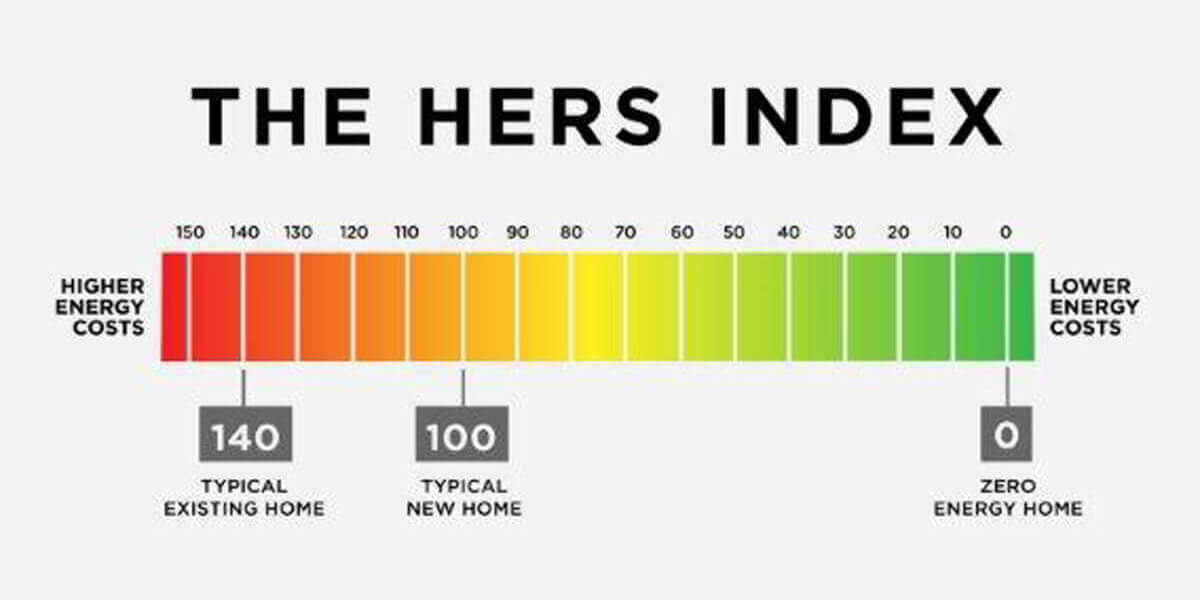Insulation stops heat from flowing in and out of our homes, but how exactly does it work?
The science behind the walls is actually fairly simple. Heat transmission is stopped wherever insulation is installed: within the cavities in the building, inside the building’s frame, or on the frame’s exterior.
Insulation combats heat loss by targeting the three ways that heat travels:
- Conduction (solid-to-solid travel): through one solid to another by direct contact
- Convection: heat can also move through a fluid or a gas
- Radiation: heat can be transferred directly off of a heat source.
The materials that form insulation are not conductive, and contain many air pockets. The heat can’t easily find a path to get through the barrier of insulation, resulting in the slowing of heat flow. Insulation forces heat to travel through convection—in the air or other gasses—because of its many air pockets. Gasses are generally poor heat conductors, so this slows down the heat’s movement.
The main source of heat in the summer comes directly from the radiating sun, trying to penetrate your home. Insulation maintains a barrier between the inside and outside temperatures, keeping the air in your home at the constant temperature that you want.
Because heat tends to flow from a warmer area to a colder area, that’s why your home can get cold in the winter and warm in the summer.Heat can travel wherever there is a difference in temperature, so insulation targets the necessary spots in your home.
Insulation’s ability to slow heat flow is called its R-value (thermal resistance). The higher the R-value, the better the insulation. Desired R-values vary depending on the climate that you live in, the type of heating and cooling system that you have, and where the insulation is to be installed.
A few factors affect insulation’s R-value:
- Type of material used – some materials are more or less resistant than others
- Density – the denser the insulation, the higher R-value it has
- The amount of air leakage in the system – the less air leakage, the higher the thermal resistance.
- The mass of the system and any presence of water
There are two types of R-values that are typically used: clear-wall and whole-wall R-values. A clear-wall R-value consists only of the space between the framing materials in the home. This space will usually be filled with insulation. The whole-wall R-value is the thermal resistance of the whole system: both the insulation and the framing materials.
When insulating your home, Dolphin takes every aspect of slowing heat flow into account. We want to ensure the highest R-value in your home, getting you the best insulation possible. The higher the thermal resistance, the more energy and money you save on regulating your home’s temperature. Contact Dolphin to get started raising your home’s R-value today.















